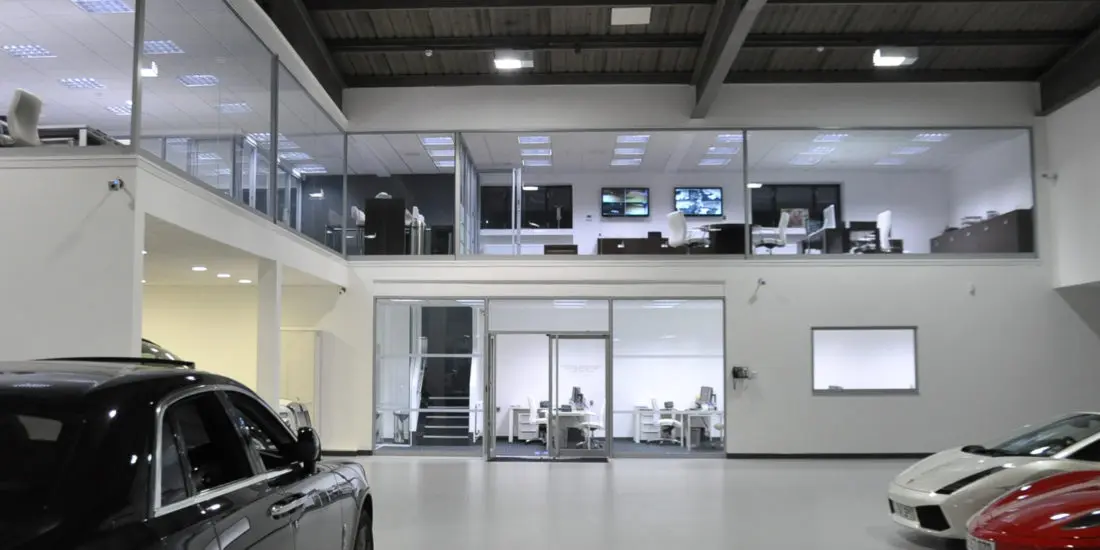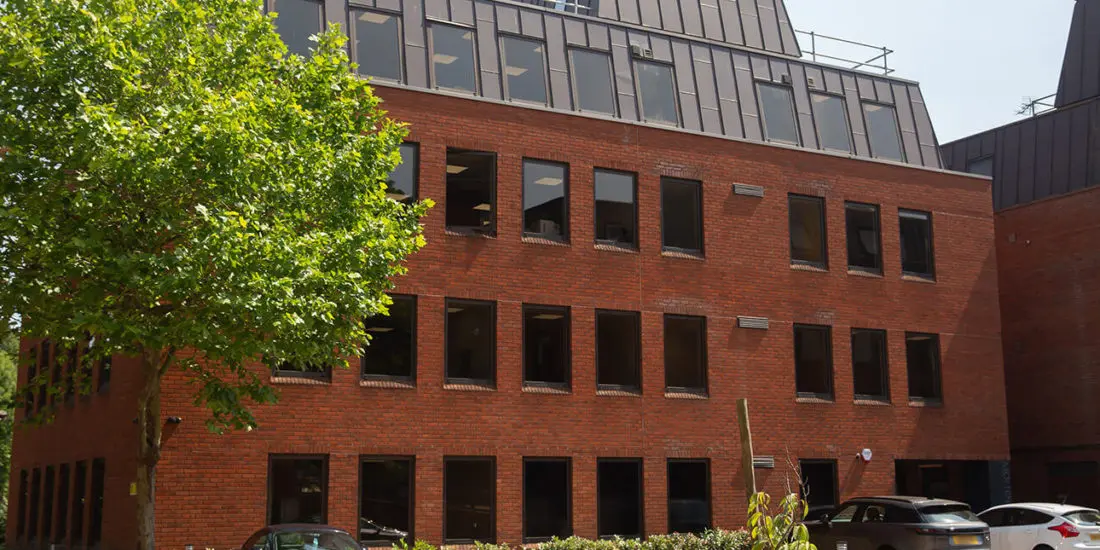techniques and tools that are used to manage transitioning employees within a business in order to achieve a particular outcome. A discipline that guides a business on how to support the individuals and prepare them, it incorporates an array of organisational tools. Examples of when change management is utilised within an organisation are: making a large part of a workforce redundant, when a new software system has to be implemented across a business and when the corporate structure has to be reorganised.
The way in which a business utilises change management will be dependant on the task at hand and how they operate. It will also consider that all of the individuals and teams within the business are unique and that there should be a structured approach in implementing change management into the workplace.
There are three key levels of change management. These are - individual, organisational and enterprise change management.
Firstly, individual change management
This aims at understanding how each individual within the business react to change and what they require in order to successfully implement the changes. It will also take in consideration when the best time to teach an employee a new skill is, what messages your business needs to convey to them in order for it to succeed and what steps the business should take in order for the change to suit them. The discipline draws its considerations from psychology and the mind frames that the employees have when within the workplace.

Secondly, organisational change management
Although individual change management is a primary concern for businesses adopting change management into their workforce, it’s also important to consider what steps it should take at the project level in order to support those who are impacted from it. It’s almost impossible for a team that’s working on a project to manage the levels of change based on each individual. Therefore by using an organisational change management structure, it can monitor who needs to change within the business and the ways in which it can be enacted. It will involve a thorough and bespoke plan, that involves training, ways in which those at the top will lead and how the employees are coached. There are two main goals of this form of change management – project success that benefits the business as a whole and successful transitions for each individual within it.

And finally, enterprise change management
When the two above levels are implemented within a business, this level should be considered. Allowing a business to stay ahead or at least on par with its competitors, creating an in-depth focus on continuous enterprise improvement and allowing the business to consistently respond quickly to any market changes, it’s a necessity for businesses that want to thrive within their industry. Presenting the ability to successfully adapt with the times, it should be a core competency that is embedded within the business structure, the leadership of higher members of the team and the roles themselves. Successful enterprise management also allows a business to guide employees on how any changes are implemented and gives them the confidence to ask if they have any queries daily.















